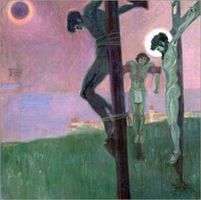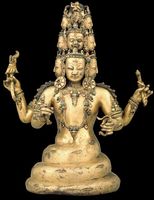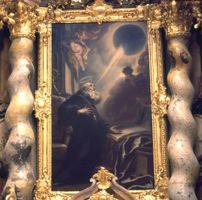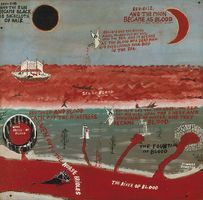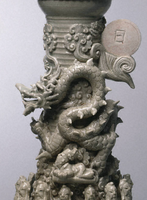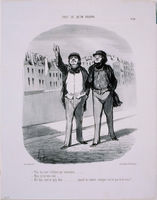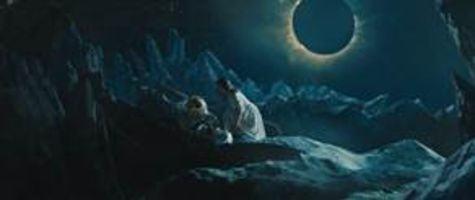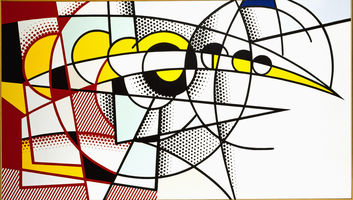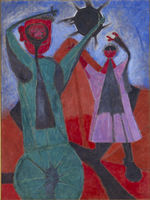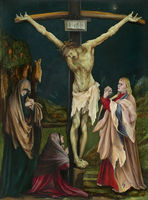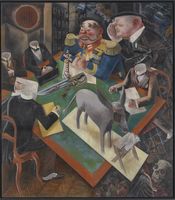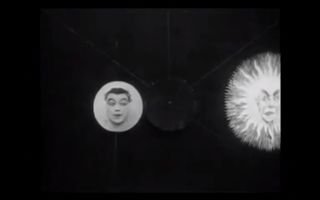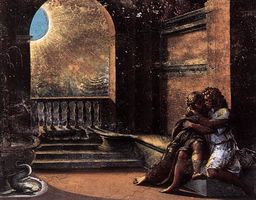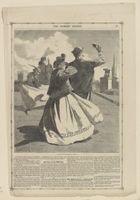Earth Eclipse
© The Joseph and Robert Cornell Memorial Foundation/Licensed by VAGA, New York, NY / Photo © Israel Museum, Jerusalem
Joseph Cornell
American, 1903–1972
Earth Eclipse
Assemblage in box: wood, glass, steel, plaster, blue sand, and photograph
12.3 x 25.5 x 8 cm
The Vera and Arturo Schwarz Collection of Dada and Surrealist Art in the Israel Museum Collection of the Israel Museum, Jerusalem Art © The Joseph and Robert Cornell Memorial Foundation/Licensed by VAGA, New York, NY
Accession number: B98.0430
Joseph Cornell created Earth Eclipse at the end of the decade during which he constructed his strongest box works. These boxes often involved space motifs, such as constellations, planets, and the moon. Cornell’s influences were Johannes Kepler, who theorized that the planets’ orbital paths follow an ellipse, and Antoine de Saint-Exupéry, author of Le Petit Prince, the story of a lonely space traveler. It was not science that attracted Cornell’s romantic nature to outer space as subject matter, but rather Kepler’s belief that the forces that moved the planets were their souls. Cornell wanted to hold the sublimity of the universe’s structure in a box. Earth Eclipse shows a lunar eclipse, and footage of a solar eclipse appears in his Surrealist film Rose Hobart (1936). As the story goes, when this film premiered at the Julien Levy Gallery in New York, Salvador Dalí was outraged that Cornell had created a seminal Surrealist film. “Joseph Cornell, you are a plagiarist of my unconscious mind!” shouted Dalí. Unnerved by this outburst, Cornell did not show the film again until the 1960s, around the time that he built Earth Eclipse.

Nearly two decades later, this imagery reoccurs in Cornell’s celestial boxes, many of which incorporate drinking glasses that are empty except for a single marble.
Laura Valenza, Campus Collections Assistant, Princeton University Art Museum

